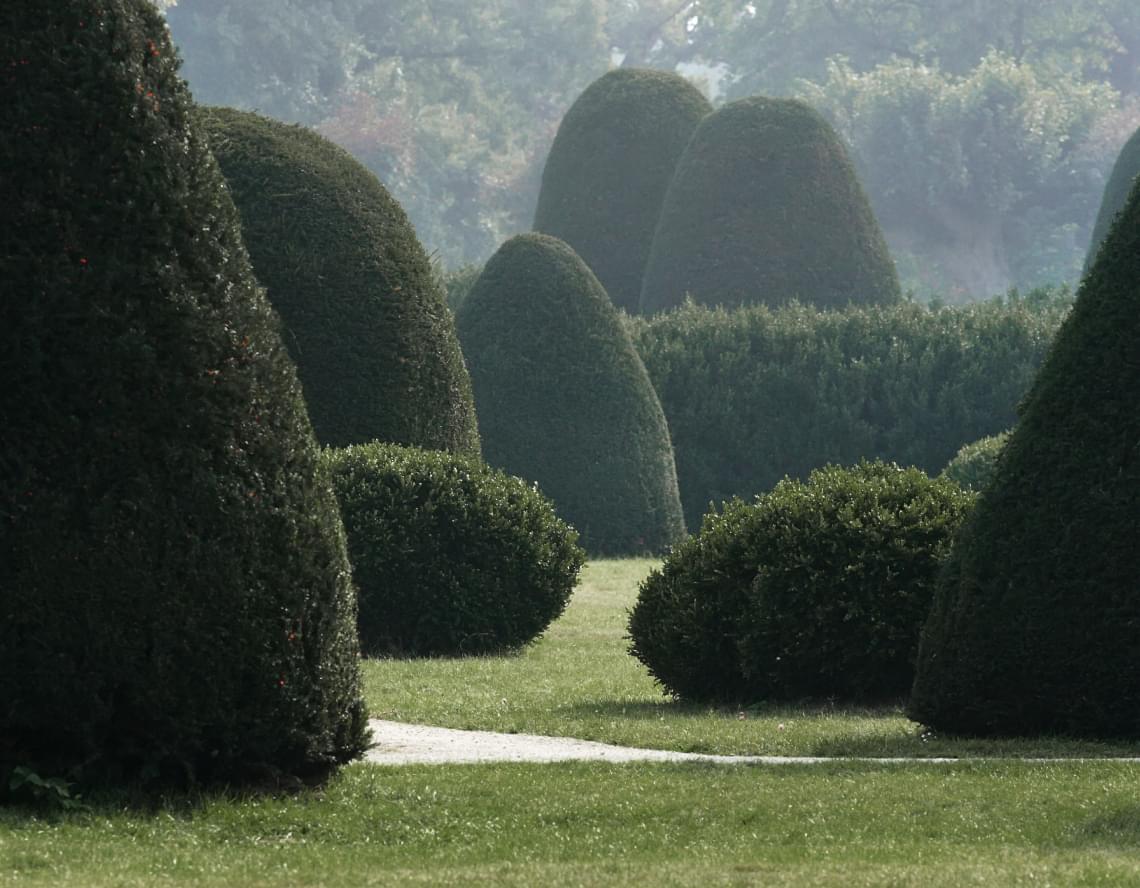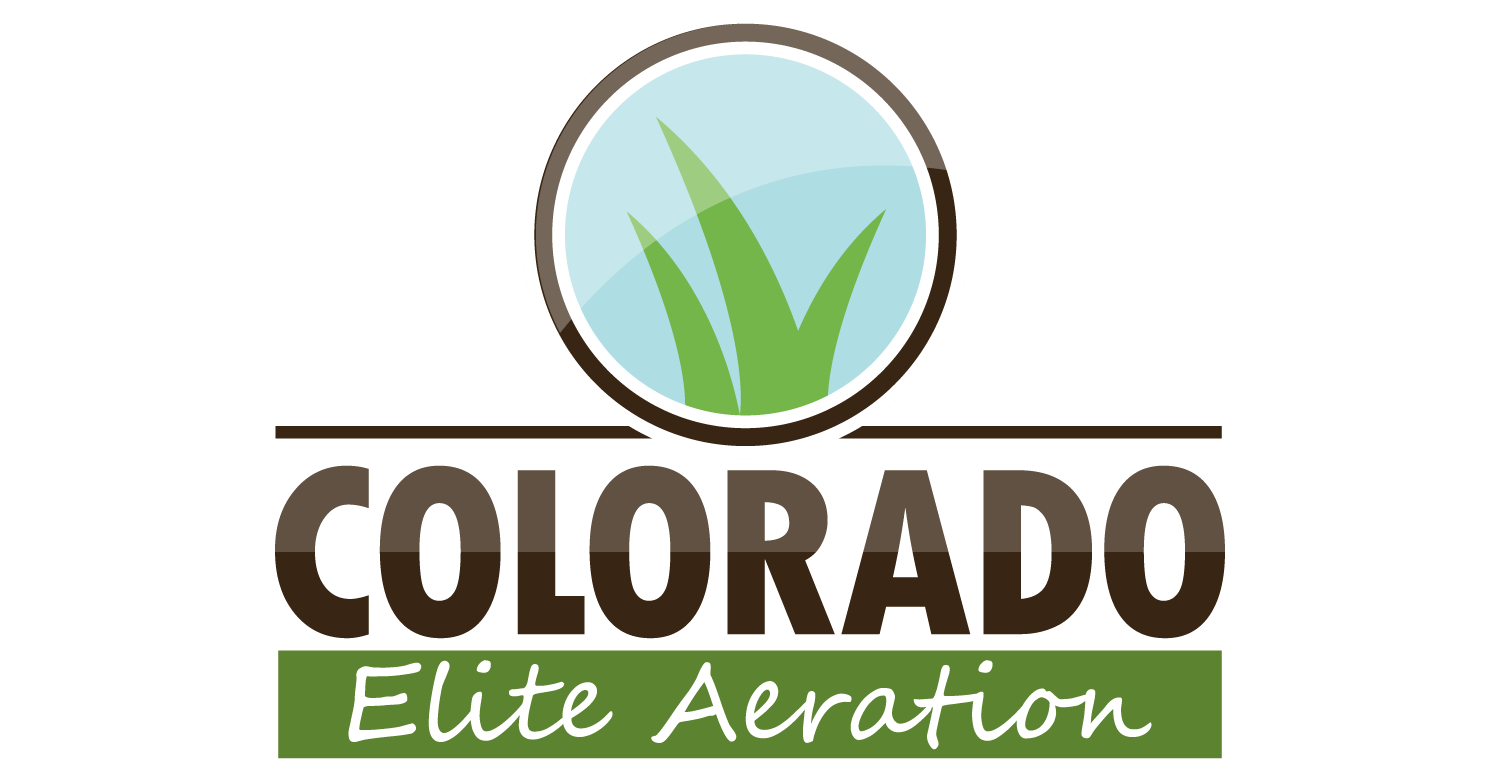Family-owned & Colorado-proud.
We're a father-son team with 15+ years of experience in lawn aeration and fertilization—bringing healthy, green lawns to life with a personal touch.

Core Aeration
Aeration involves removing small plugs of soil from your lawn to relieve compaction and improve airflow, water penetration, and nutrient absorption. This is essential in Colorado's often compacted, clay-heavy soils. Aeration strengthens root systems and helps your lawn grow deeper, greener, and more drought-resistant.
Fertilization
Fertilizing your lawn feeds it the essential nutrients it needs to thrive. Whether you're using a traditional lawn fertilizer or a weed & feed product, it’s recommended to fertilize two to three times per year—typically in early spring, mid-summer, and fall. Proper fertilization promotes consistent growth, improves color, and helps defend against disease.
Power Raking
Over time, lawns build up a layer of thatch—a mix of dead grass, roots, and debris—that can block water, nutrients, and air from reaching the soil. Power raking removes this layer, allowing your grass to breathe and absorb what it needs to grow. It's especially important in the spring, helping your lawn bounce back from winter dormancy.
What Are The Benefits?
Applying weed control around the perimeter of your home offers several important benefits:
Prevents Weed Invasion
Weeds love to grow along the foundation of homes, fences, driveways, and walkways—areas where they often go unnoticed until they've taken over. Targeting these borders early with a professional-grade weed killer keeps aggressive weeds from creeping in.
Protects Your Landscaping
Left unchecked, weeds can crowd out desirable plants, compete for nutrients, and even cause structural damage by growing into cracks and hardscape features. Treating these border zones regularly helps protect the investment you've made in your landscaping.
Enhances Curb Appeal
Clean, weed-free edges create a polished, well-maintained look that instantly boosts curb appeal. A tidy border makes the entire property feel more cared for—whether you're hosting guests or considering selling your home.
Reduces Long-Term Maintenance
Preventing weed growth around your home is much easier and more cost-effective than dealing with a full-blown infestation later. Routine spot treatments keep weeds from spreading, reducing the need for future weed control efforts.
